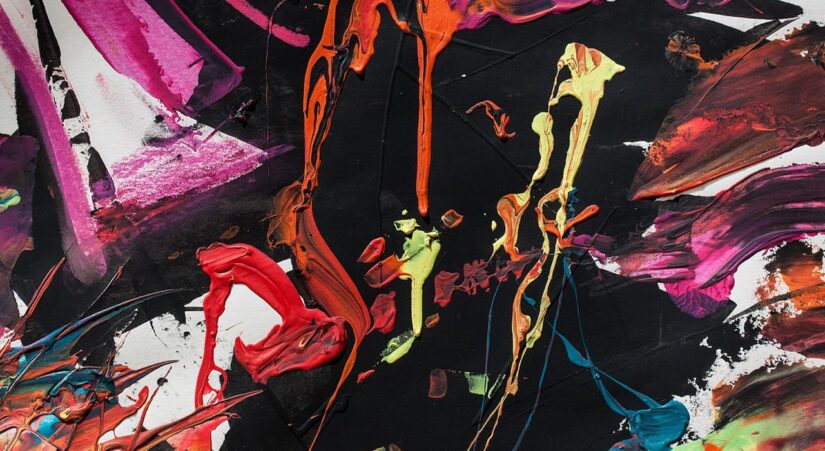What is media arts? This concept can be confusing, as media can be both traditional and contemporary, but its recognition as new forms of technology is supported by the National Art Education Association and its involvement in the development of the National Core Arts Standards for the Media Arts.
The standards define media arts as “a unique medium of artistic expression that can extend and unify the four traditional art forms by combining the technological advances of the modern world with new skill sets available to students and teachers. Media arts students develop both artistic ability and technological ability. A media artist uses a fundamental understanding of analog and digital media to integrate digital technologies with traditional forms of artistic expression.”
Similarly, the National Endowment for the Arts defines media arts as “all genres and forms that use electronic media, film, and technology (analog and digital; old and new) as an artistic medium or a means to broaden art appreciation and awareness of any discipline. This includes projects presented through film, television, radio, audio, video, the Internet, interactive and mobile technologies, video games, immersive and multi-platform storytelling, and satellite broadcasting.”
The biggest challenge facing education today is that “our DI teachers, who speak an outdated language (a language of the pre-digital era), are trying to teach a population that speaks a completely new language. Our students today are digital natives, who are the first students to grow up with cell phones, computers, video games, tablets, digital cameras, webcams, email, internet, instant messaging, Twitter, Facebook, Instagram, and other forms of ever-evolving technology. There was never a time in their lives when this technology did not exist. And we can’t even imagine what advances will be made in technology in our students’ lifetimes.
So, how can teachers who are digital immigrants reach students who expect connectivity and instantaneousness across all media? Prensky advises teachers to accept that we need to learn to communicate in the language of our digitally native students by adapting materials to their language.
As art teachers, we should learn the new digital language as much as possible, accept help from our students to do so, and look for ways to use digital technology to teach and create in media arts.
